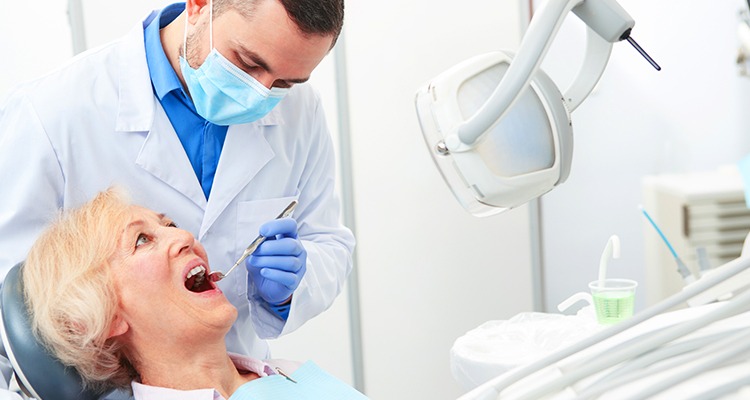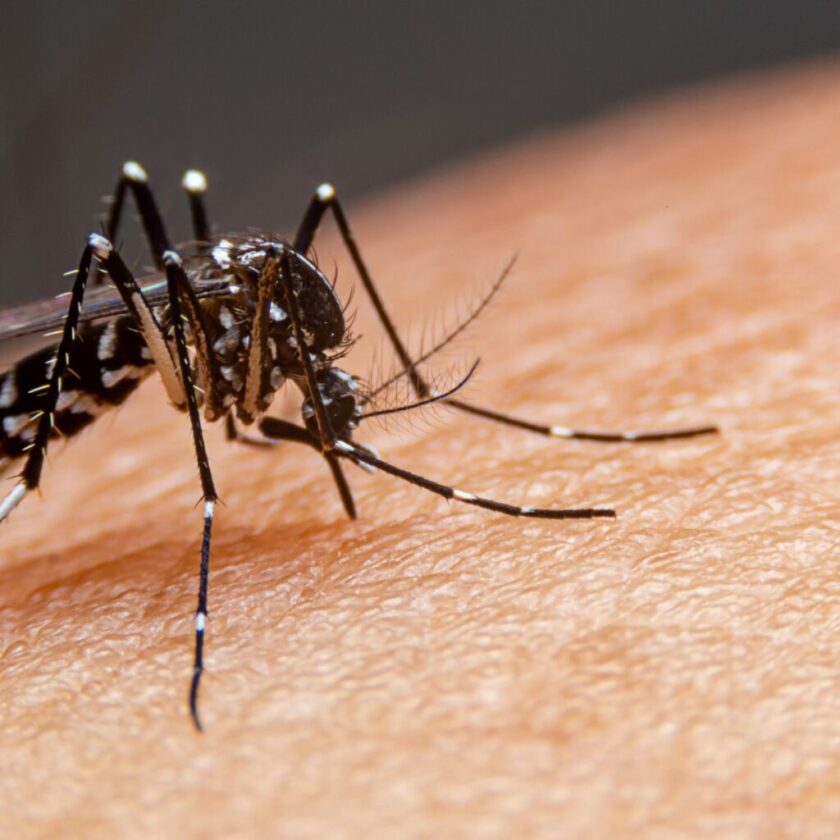By: Dr. Abhishek Kr. Pandey, Medical Correspondent-ICN
LUCKNOW: Ageing and death are two natural consequences to which the human are subject after their birth. Human ageing induces histophysiological and clinical alterations in oral tissues. Improvement in lifestyle and health care has led to a greater life span in the world resulting in an increase in periodontal disease expectancy. In spite of the fact that the periodontal disease severity is known to be associated with age, functional changes in periodontal tissue cells during the ageing process have not been well characterized. It is important to define how cellular ageing affects the progression of periodontal disease associated with ageing.
The tissues that support the teeth are called, Periodontium, which consists of gingiva, periodontal ligament, cementum, and alveolar bone. Gingiva, a tissue exposed to the oral cavity is histologically composed of epithelium and connective tissues. Changes in oral epithelium caused by ageing are related to a thinning of epithelium and diminished keratinization. It has been shown that the number of cellular elemants decreases as age increases. Fibroblasts are the main cells in the synthesis of periodontal connective tissue. The ageing process in gingival fibroblast causes an increase in DNA structure followed by reduction in mRNA levels and collagen type I synthesis.
The periodontal ligament which is a soft connective tissue anchors the tooth into the alveolar bone and functions as a cushion between hard tissues to bear the occlusal force. It is composed of fibroblasts, cementoblasts, osteoblasts, osteoclasts, epithelial cell rests of malaassez and collagen matrix (sharpey’s fibers). With age, the fiber and cellular contents decreases and the structure of periodontal ligament becomes irregular. The ageing process might induce a significant reduction in chemotaxy, motility, and proliferation rate of periodontal ligament cells.
Cementum is a calcified connective tissue covering the roots of teeth. Its formation is a continuous process which occurs throughout life. With age, the cementum increases in width. Ageing and death of cells are common characteristics of the life cycle of cementocytes. With age, the cementum becomes acellular.
Both the alveolar bone and the periodontal ligament serve as a support to the teeth. It is well known that bone formation steadily declines with age, leading to a significant reduction in bone mass. The alveolar bone is preserved by the equilibirium between osteoblastic and osteoclastic activities. The reduction in bone formation might be due to decrease in osteoblast-proliferating precursors or to decreased synthesis and secretion of essential bone matrix proteins. Osteopenia and osteoporosis are considered s important risk factors for alveolar bone loss in the presence of periodontal disease.
Ageing as a risk factor for periodontal disease– The age related changes in the periodontal tissues show that increasing age could potentially be a risk factor for periodontal disease. Some moderate loss of periodontal attachment and alveolar bone is associated with age, but age alone in a healthy adult does not lead to a critical loss of periodontal support. Although moderate loss of alveolar bone and periodontal attachment is common in elderly, severe periodontitis is not a natural consequence of ageing.
Ageing alone leads to no critical loss of the periodontal attachment in the healthy adult. The effects of ageing of human on periodontal tissues were based on biomolecular changes of the cells of periodontium that exacerbate bone loss in elderly patients with periodontitis.
These effects may be associated with 1).Alterations in differentiation and proliferation of osteoblasts and osteoclasts, 2).An increase in periodontal cell response to the oral microbiota and mechanical stress leading to the secretion of cytokines involved in bone loss, and 3). Systemic endocrine alterations in the elderly.




